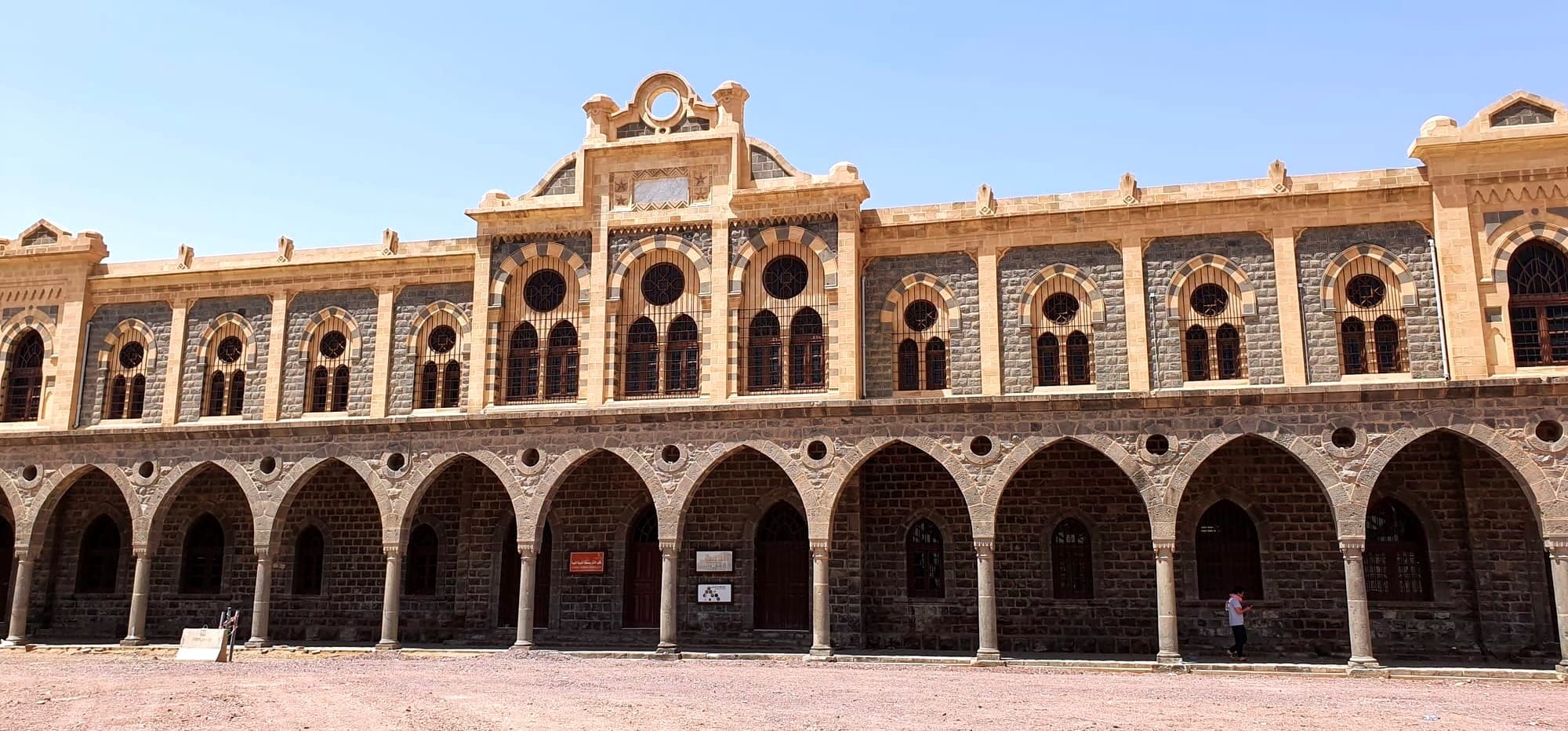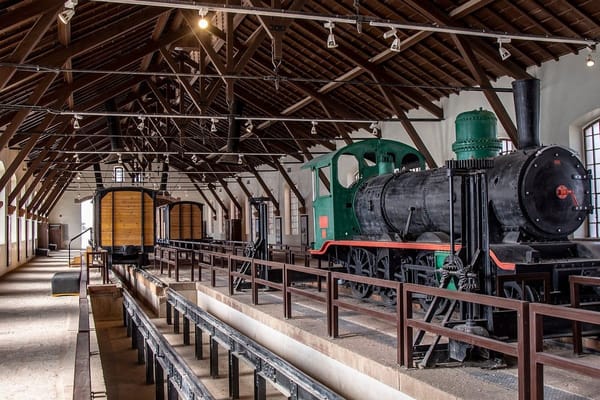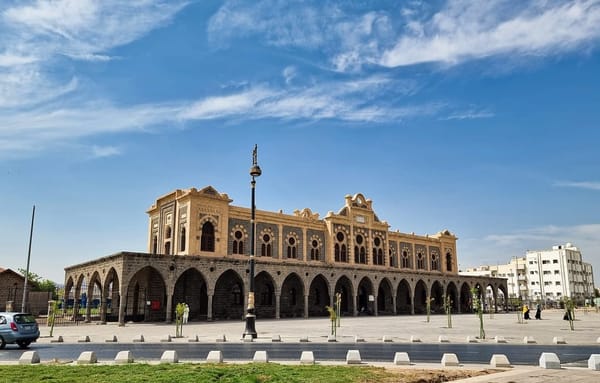The Al Hijaz Railway Station in Madinah, once the final stop on the legendary Hejaz Railway, is a historic gem and key cultural site. Now home to the Hijaz Railway Museum, it tells the story of early 20th-century train travel, Ottoman engineering, and Madinah’s pivotal role in the Hajj route.
Usually featured as stop 11 on the Hop-On Hop-Off Bus tour, the station is a favorite among visitors. Though currently closed for renovation, it promises a rich experience when it reopens — including vintage locomotives, immersive exhibits, and a train-carriage dining spot.
This guide offers a glimpse into its history, what to expect once it reopens, and alternative sites to visit in the meantime.
A Brief History of the Hejaz Railway
The Hejaz Railway was one of the most ambitious engineering feats of the early 20th century. Commissioned by the Ottoman Empire and completed in 1908, the railway connected Damascus to Madinah, easing the journey for pilgrims and boosting trade.
Key Facts:
- Length: 1,320 km
- Purpose: To transport Hajj pilgrims and strengthen Ottoman presence in the region
- Impact: Reduced a 40-day caravan journey to just 5 days by train
- Operations halted: During World War I due to sabotage and the Arab Revolt
Today, the station and remaining tracks stand as powerful reminders of Madinah’s connection to regional innovation and Islamic heritage.
Timeline of Key Events

Understanding the evolution of the Hejaz Railway helps contextualize the importance of the Al Hijaz Railway Station in Madinah. Based on historical records and detailed documentation, here are some major milestones:
Key Historical Events:
- 1900: Construction of the Hejaz Railway began under Ottoman Sultan Abdul Hamid II, with the goal of connecting Damascus to Madinah.
- 1908: The railway reached its final stop at Al Hijaz Railway Station in Madinah. This marked the beginning of a new era in Hajj travel, significantly reducing travel time.
- 1914–1918: During World War I and the Arab Revolt, the railway suffered repeated sabotage, particularly in the Madinah region. Tracks were destroyed, trains were ambushed, and service was eventually halted.
- 1918: The last Ottoman train left Madinah. The station was abandoned, and train operations were never restored.
- 20th Century Mid-Late: The Madinah station remained largely unused, but its structure survived the decades.
- 2005: Restoration efforts began, turning the old station into the Hijaz Railway Museum, preserving original locomotives and carriages.
Today, Al Hijaz Railway Station stands not just as a museum but as a symbolic gateway to Madinah’s past — from empire and innovation to modern heritage tourism.
What to Expect Inside the Station & Museum
When reopened, the Hijaz Railway Museum will once again welcome visitors into the beautifully preserved Al Hijaz Railway Station, offering a hands-on look at the city’s transport legacy.
Key Features at the Station:
- Original station architecture with Ottoman design elements
- Platform displays featuring historical railway signage and markers
- Railway yard with tracks and infrastructure from the early 1900s
Museum Exhibits:
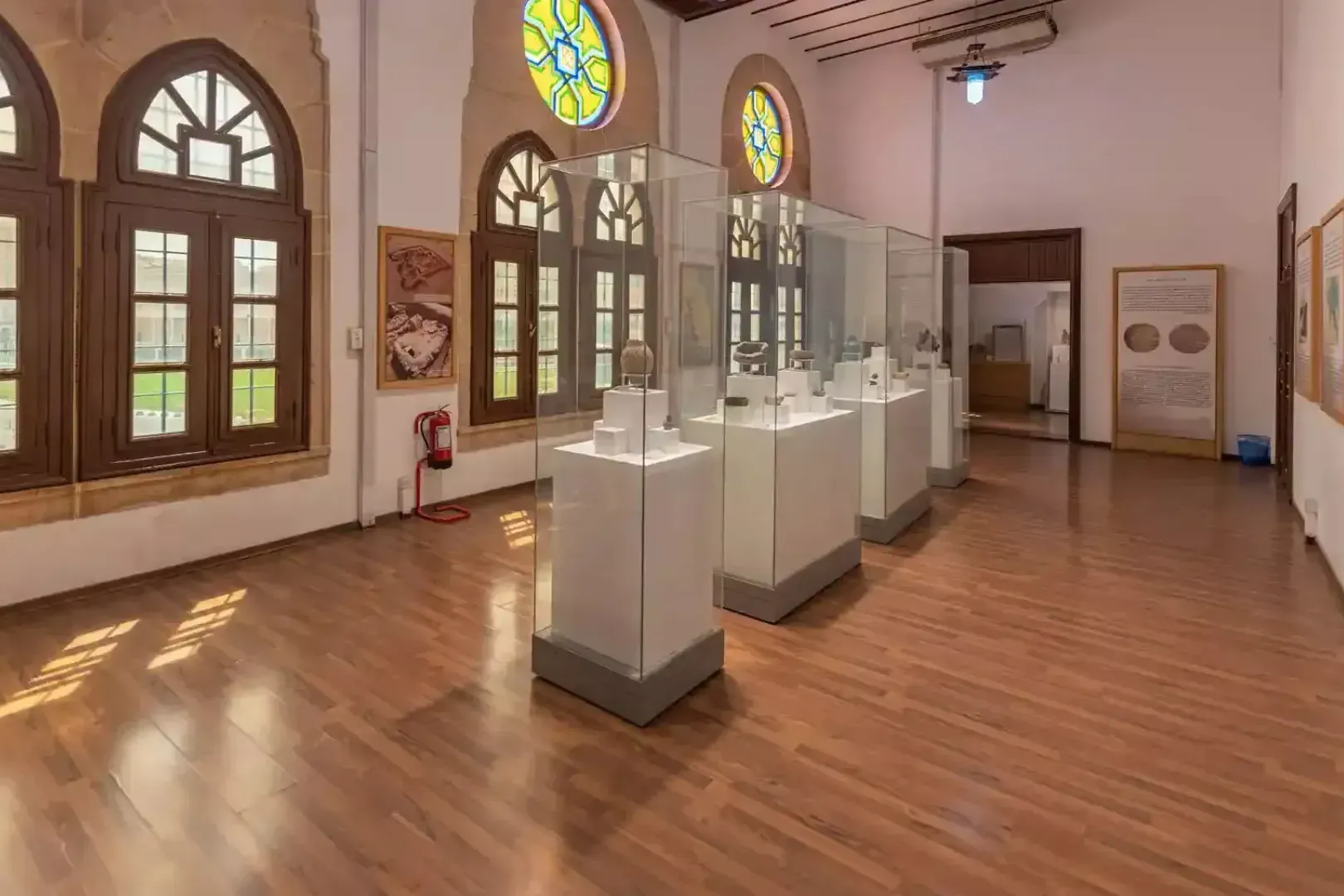
- Restored steam locomotives and carriages
- Galleries on Madinah’s history (Pre-Islamic to modern era)
- Artifacts, including railway tools, documents, and Ottoman-era maps
- Multimedia stations explaining the Hejaz Railway's impact on Islamic travel
Ticket Information
The Hijaz Railway Museum currently offers free entry to all visitors. No reservation is required, making it an easily accessible destination for families, solo travelers, and heritage enthusiasts alike.
Temporary Closure: What You Need to Know
As of now, Stop 11 (Hijaz Railway Museum) on the Madinah Hop-On Hop-Off bus tour is inaccessible due to construction work. This means:
- The bus does not stop at the station.
- Visitors cannot enter or explore the station or museum grounds.
- The site is currently undergoing upgrades to improve future visitor experiences.
Although you can’t visit it physically, this makes it the perfect time to appreciate its backstory, cultural value, and role in Madinah’s development.
For the latest news on the station’s reopening, be sure to check the official bus website.
What to Expect When It Reopens
The ongoing renovation project aims to enhance visitor experience and preserve the station’s legacy. Here’s what might be coming to Hijaz Railway Station:
- Upgraded exhibits with digital and interactive elements
- Improved signage and navigation for self-guided tours
- New family-friendly and educational zones
- Enhanced infrastructure, including prayer spaces and shaded seating areas
Watch this space for official reopening announcements from Madinah tourism boards.
Location & Accessibility
- Address: Omar Ibn Al-Khattab Road, Al Suqya, Madinah 42315
- Proximity: Less than 10 minutes from Al Masjid an-Nabawi
- Access: Normally reachable via Stop 11 on the Hop-On Hop-Off Bus route
Alternative Cultural Sites to Explore in Madinah
If you're visiting Madinah now, there are plenty of other historical and spiritual sites to explore while the Hijaz Railway Station is closed:
Quba Mosque
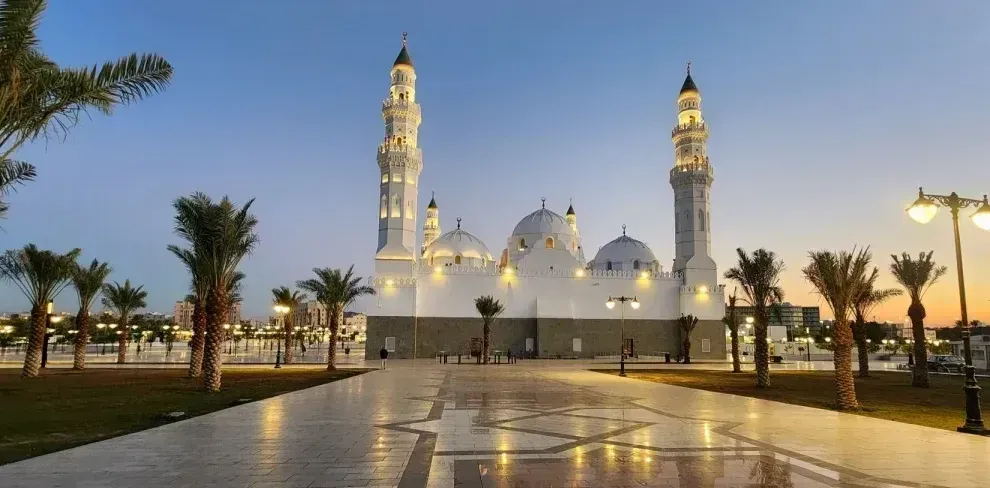
Quba Mosque is the first mosque in Islam, built by the Prophet Muhammad (ﷺ). It is located just a short drive from the city center, making it a serene and accessible spiritual stop for visitors.
Masjid Qiblatain
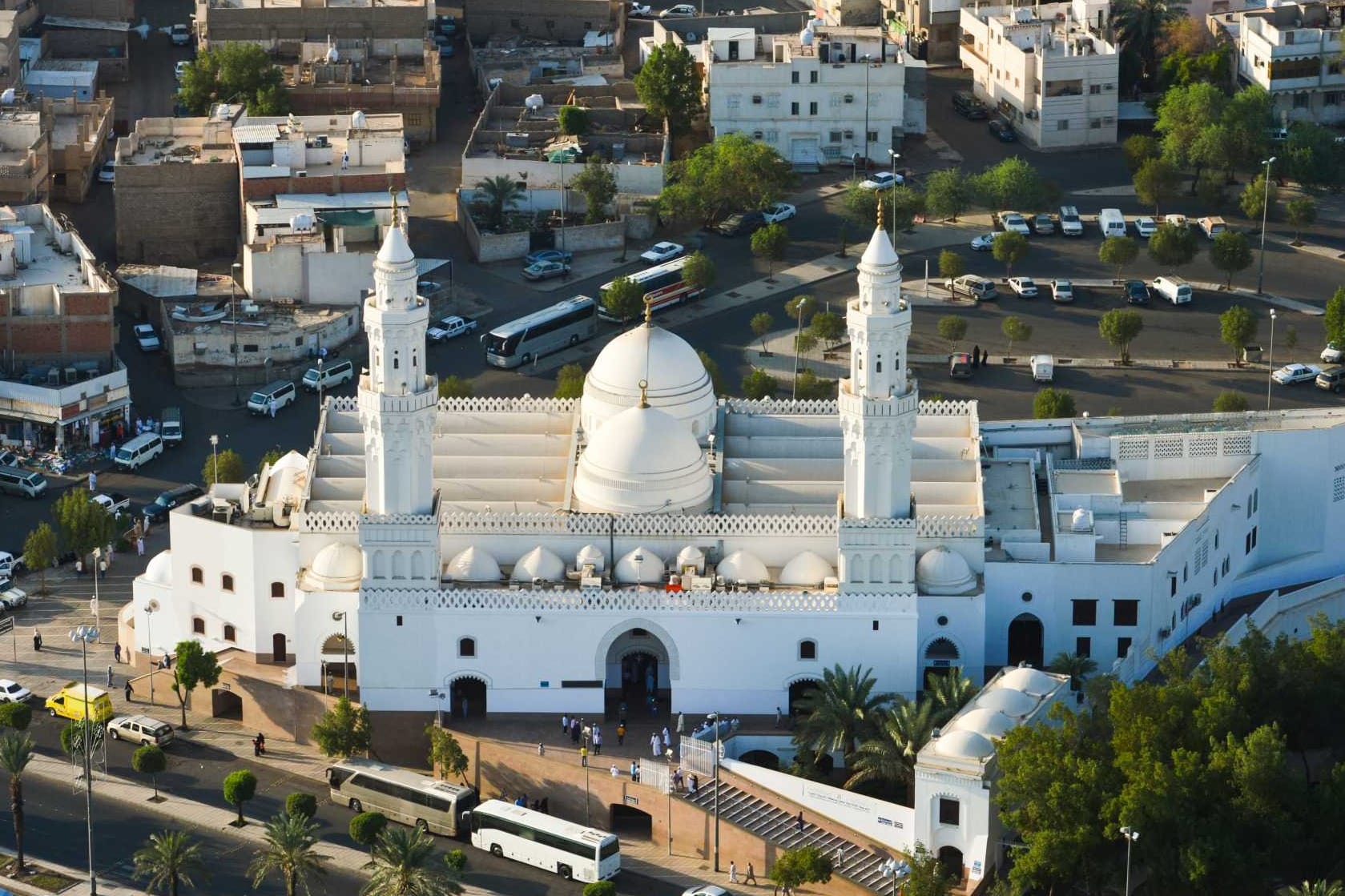
Masjid Qiblatain is famous as the mosque where the Qiblah — the direction of prayer — was changed from Jerusalem to Makkah. It stands as a significant symbol of a turning point in Islamic history.
Masjid-e-Nabawi
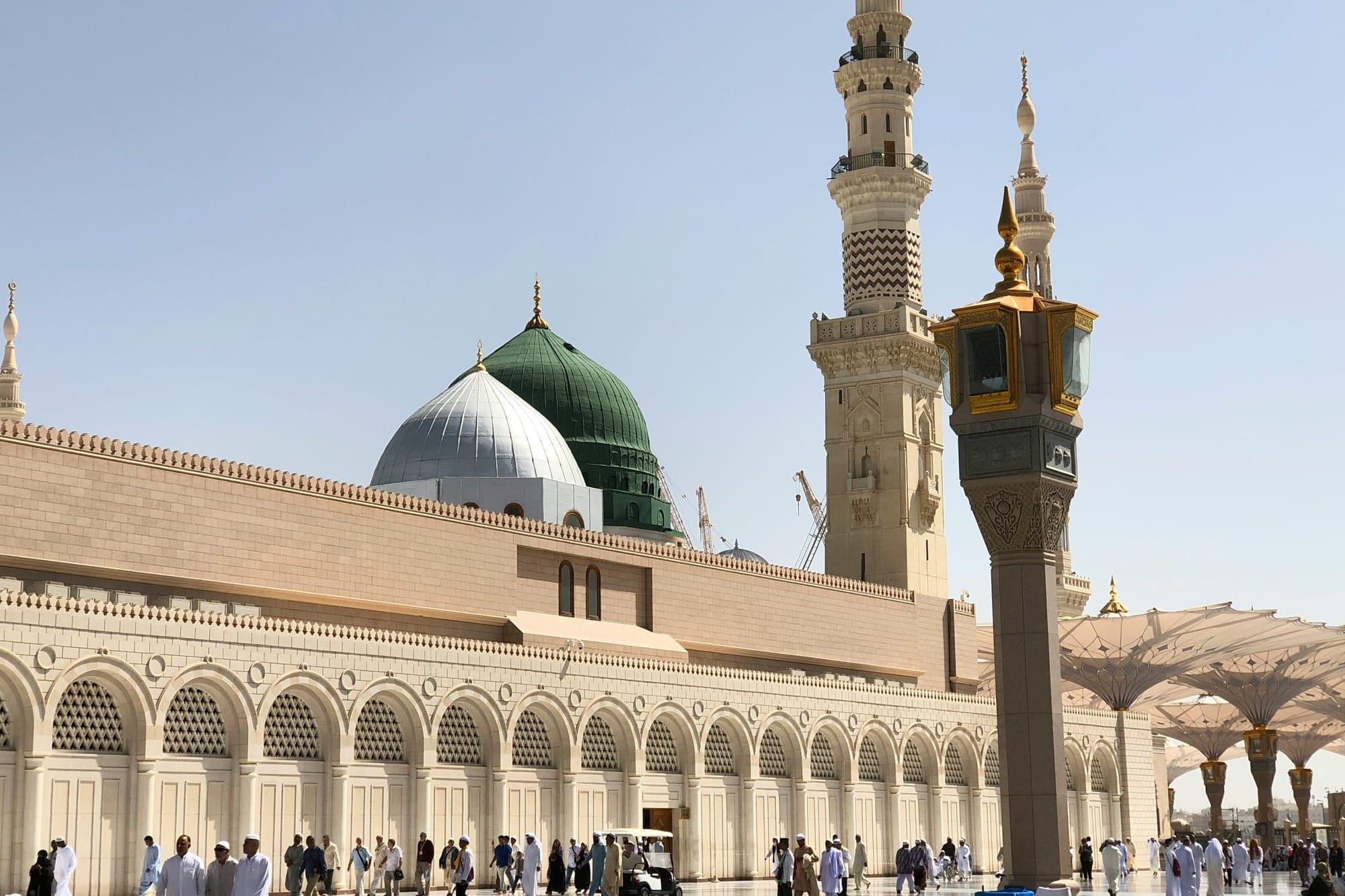
Al Masjid an-Nabawi is the spiritual heart of Madinah and the second holiest mosque in Islam. Built by the Prophet Muhammad (ﷺ), it remains a central site for millions of pilgrims every year.
Looking for Open Ziyarat Sites?
While the Hijaz Railway Museum is currently closed, many other spiritual and cultural gems in Madinah are open and easy to explore via the Hop-On Hop-Off bus route.
If you're planning your journey and wondering which Ziyarat sites are currently open, or how to make the most of your time in the city, check out our guide:
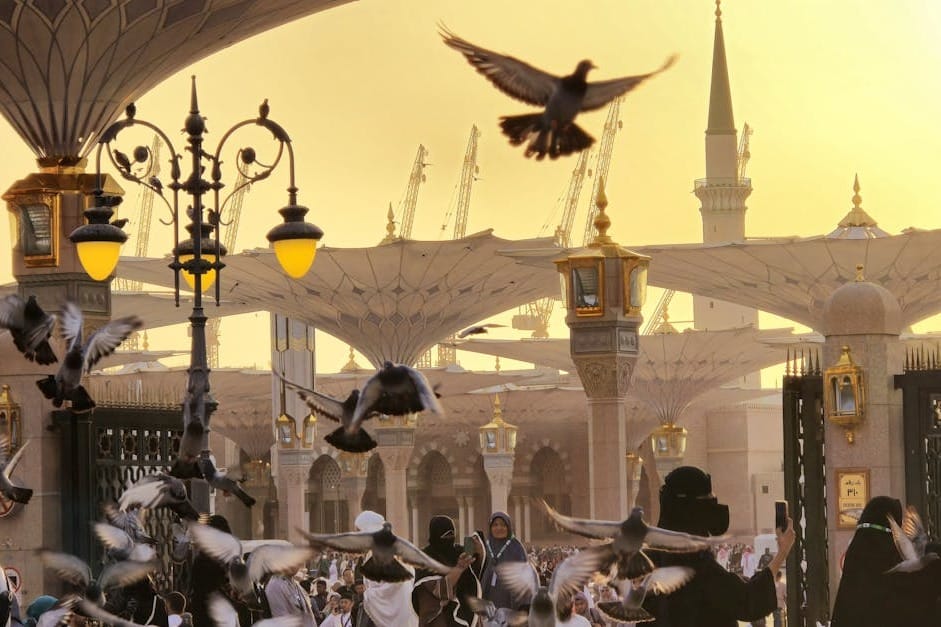
Not sure where to start? Bookmark our 1, 3, or 5-day Madinah itinerary!
A Journey Worth Waiting For
The Al Hijaz Railway Station and Museum isn’t just about trains — it’s about movement, progress, and Madinah’s deep historical roots. While the site is temporarily closed, its story continues to inspire and inform. When it reopens, it will once again serve as a living tribute to the city’s dynamic role in pilgrimage, travel, and heritage.
Until then, may your journey through Madinah be filled with timeless stops and historic moments!
FAQs
Is the Hejaz Railway Still Operating?
No, the original Hejaz Railway is no longer operational. After extensive damage during World War I and the collapse of the Ottoman Empire, the line was never fully restored. Some sections were dismantled or fell into disrepair, though various preservation efforts exist in Jordan and Saudi Arabia.
Who Destroyed the Hejaz Railway?
The railway was sabotaged during the Arab Revolt (1916–1918) against the Ottoman Empire. Led by T.E. Lawrence (Lawrence of Arabia) and Arab tribal leaders, numerous attacks targeted the tracks and trains, severely crippling operations during World War I.
Who Built the Hejaz Railway in Madinah?
The Hejaz Railway was built by the Ottoman Empire, under the rule of Sultan Abdul Hamid II. The chief engineer behind the Hejaz Railway project was Heinrich August Meißner Pasha, a German-Ottoman railway engineer. He played a central role in overseeing the technical planning and execution of the railway, including its challenging desert route.

